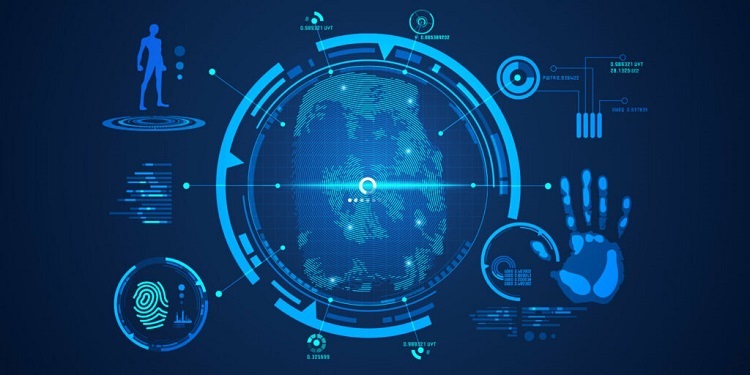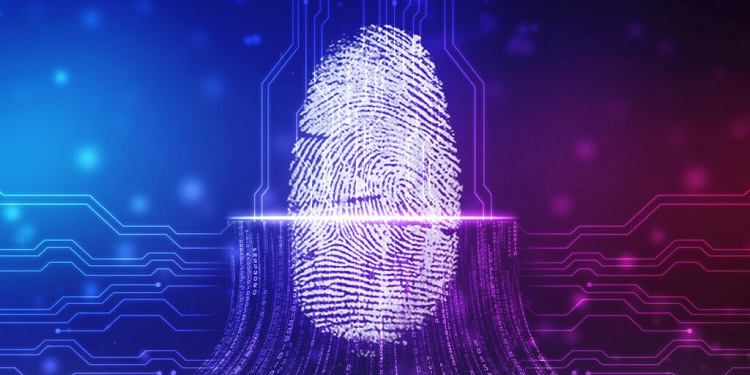The C|CT: A Brand-New Cybersecurity Course to Kickstart Your Professional Career
Cybersecurity is one of the most vital and fast-growing professions in the world, and there’s good news for those interested in starting a career in this field: EC-Council has launched the Certified Cybersecurity Technician (C|CT), a brand-new entry-level certification course.
The C|CT course covers every introductory concept needed to succeed in cybersecurity, including topics like network defense, ethical hacking, and digital forensics. Enroll in EC-Council’s C|CT program today to kickstart your cybersecurity career!
What the Certified Cybersecurity Technician Course Entails
The C|CT course covers the basics of secure computer use, internet security tools, operating system security features, network security devices, and virus protection methods, among other topics. With 85 practical labs, the course is designed for those who want to obtain practical, hands-on experience before entering the cybersecurity field (although students should have some technical background, as the curriculum covers topics requiring basic knowledge of computers).
Introduction to Cybersecurity
This unit focuses on the essential principles and practices of cybersecurity. It covers how to identify and respond to cyberthreats, protect systems and networks against cyberattacks, and secure information assets. After completing this module, students will understand the basics of cybersecurity threats and how to mitigate and respond to them with different defense mechanisms.
Network Defense
This module introduces the theory and practice of network defense. It covers how to identify threats, defend networks against cyberattacks, and respond to network security incidents. Network security precautions like firewalls, intrusion detection and prevention systems, and encryption are also covered. After completing this module, students will know how to defend networks from common attacks and how to respond to network-related security incidents.
Ethical Hacking
This module provides an introduction to ethical hacking concepts and methods. It covers how attackers exploit systems and networks and how ethical hackers can use the same techniques to analyze and protect organizations’ environments. Techniques like footprinting, scanning, and enumeration are covered in detail. After completing this unit, students will be able to identify vulnerabilities in systems and networks and mitigate their risks.
Digital Forensics
In this module, students will learn about the methods used by cyber forensic investigators to examine digital devices to extract evidence for use in legal proceedings, including techniques for data acquisition, evidentiary analysis, and reporting. After completing this module, students will know how to conduct a digital forensic investigation and understand the process of evidence collection and preservation.
Security Operations
This module introduces the theory and practice of security operations and management. It covers how to identify, respond to, and investigate security incidents. This includes managing incidents, assessing damage, and restoring systems to regular operation. Students will learn the basics of how a security operations center is managed using industry-standard tools and procedures. After completing this module, students will know how to manage security operations and understand the importance of security policies.
Comprehensive, Performance-Based Exam
After completing all modules, students earn the C|CT certification by taking a comprehensive exam designed to test their knowledge and skills learned throughout the course. The exam consists of both knowledge-based, multiple-choice questions and a performance-based practical challenge.
The hands-on performance assessment is a critical component of the exam, as it gives students the opportunity to truly prove their understanding by applying their knowledge in a real-world environment. This sets the C|CT apart from other entry-level certifications, which do not test learners’ knowledge in live settings.
EC-Council’s Industry-Renowned Certifications
EC-Council is a global leader in cybersecurity education and training and offers a variety of world-renowned certifications in addition to the C|CT, including the Certified Ethical Hacker (C|EH) and Certified Penetration Testing Professional (C|PENT). Obtaining an EC-Council certification demonstrates that a cybersecurity professional has the required skills and knowledge to defend against attacks and protect an organization’s critical information. These credentials validate that the certification holder can successfully perform essential cybersecurity tasks, such as identifying and mitigating cyberthreats, performing risk assessments, and conducting incident response.
The Benefits of Pursuing a Career in Cybersecurity
There are many benefits to pursuing a career in cybersecurity. Here are some of the top reasons to enter this exciting field:
◉ Cybersecurity is a well-paid profession. The average salaries for the top-earning cybersecurity jobs range from USD 125,000 to 250,000 (Hatten, 2021).
◉ There are many opportunities for advancement. With experience and additional training, C|CT-certified professionals can move up the career ladder to a position as a network administrator, systems engineer, or chief information security officer (CISO).
◉ Cybersecurity professionals can work from anywhere in the world. Cybersecurity skills are in high demand in every country and industry, and many cybersecurity jobs offer remote or hybrid work options.
◉ The cybersecurity job market is expected to grow massively in the next few years. The cybersecurity industry is expected to drive USD 372 billion in revenue by 2028 (Grand View Research, 2021).
◉ The work is exciting and challenging. Cybersecurity professionals are constantly faced with new challenges as they work to protect organizations from ever-evolving threats. Cybersecurity workers can expect to regularly use their creativity and problem-solving skills.
Jobs in the Cybersecurity Field
EC-Council’s C|CT certification is a gateway to a career in cybersecurity. After completing the program and becoming a C|CT, students will have the skills and knowledge necessary to pursue various entry-level jobs in the cybersecurity field, as the course provides an excellent foundation for further study and certifications.
The following are just some of the jobs that C|CTs can pursue once they have obtained their cybersecurity technician certification.
Cybersecurity Analyst
Cybersecurity analysts defend organizations’ computer networks and systems against cyberattacks. They identify threats, develop defense strategies, and monitor networks for suspicious activity.
Systems Administrator
Systems administrators are responsible for the day-to-day operation of organizations’ computer systems. They install and maintain software and hardware and troubleshoot related problems.
Network Engineer
Network engineers design, construct, and maintain organizations’ computer network infrastructures. They plan and execute network upgrades, repairs, and expansions.
Chief Information Security Officer
CISOs are responsible for an organization’s overall cybersecurity strategy. They develop and implement policies and procedures to protect data from unauthorized access.
Ethical Hacker
Ethical hackers are cybersecurity professionals who utilize hacking techniques to test the security of an organization’s computer systems—with the organization’s permission—to identify vulnerabilities and recommend solutions.
The Future of Cybersecurity
The future of cybersecurity is bright: With the increasing number of cyberattacks (Brooks, 2021), businesses are realizing the importance of a strong cybersecurity team. As more organizations move into the digital age, the need for qualified cybersecurity professionals will continue to grow.
The C|CT course is the perfect place to start for those seeking a career in cybersecurity. As a C|CT-certified cybersecurity professional, you’ll have the opportunity to work in a wide range of industries and have many potential career paths to choose from.
Source: eccouncil.org


















